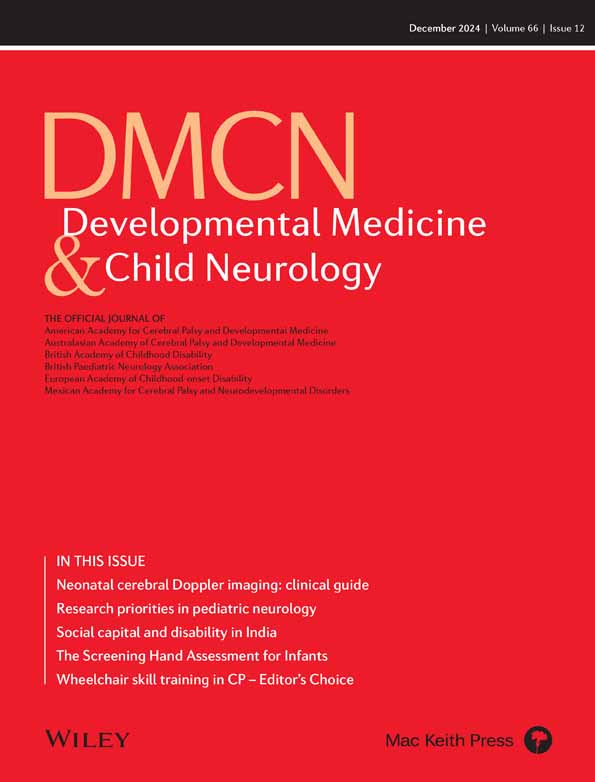Psychometric properties of the Alberta Infant Motor Scale and culturally adapted or translated versions when used for infant populations internationally: A systematic review
INTRODUCTION
The Alberta Infant Motor Scale (AIMS) is a widely used test of infant motor development. It is a norm-referenced test because the infant's motor performance is compared to a normative sample of age-matched infants to determine if the infant is developing typically or has a motor delay that requires early intervention services. Although the AIMS was published in English and normed on a sample of infants from Canada, it is used to assess the motor development of infants internationally.
This study investigated the test properties of the AIMS when used for non-Canadian infant populations.
METHODS
We searched seven international scientific databases for all published studies investigating the test properties of the AIMS and culturally adapted or translated versions when used for non-Canadian infant populations.
We found 49 studies that reported results from 11 663 infants representing 22 countries. We used internationally accepted tools to assess study quality and summarize results.
RESULTS
- The AIMS has been translated and culturally adapted for Brazilian, Polish, Serbian, Spanish, and Thai infant populations.
- The original Canadian norms may be appropriate to assess the motor development of Brazilian, Greek, and Turkish infant populations.
- Country-specific norms are available for Brazilian, Dutch, Polish, and Thai infant populations.
- The AIMS is valid when used with non-Canadian infants (a child's AIMS score is similar to scores on other similar motor assessments).
- The AIMS is reliable when used with non-Canadian infants (a child's AIMS score is similar when tested by different people).
- The AIMS does not consistently predict future motor development (a low score does not mean the child will have low motor performance in the future).





